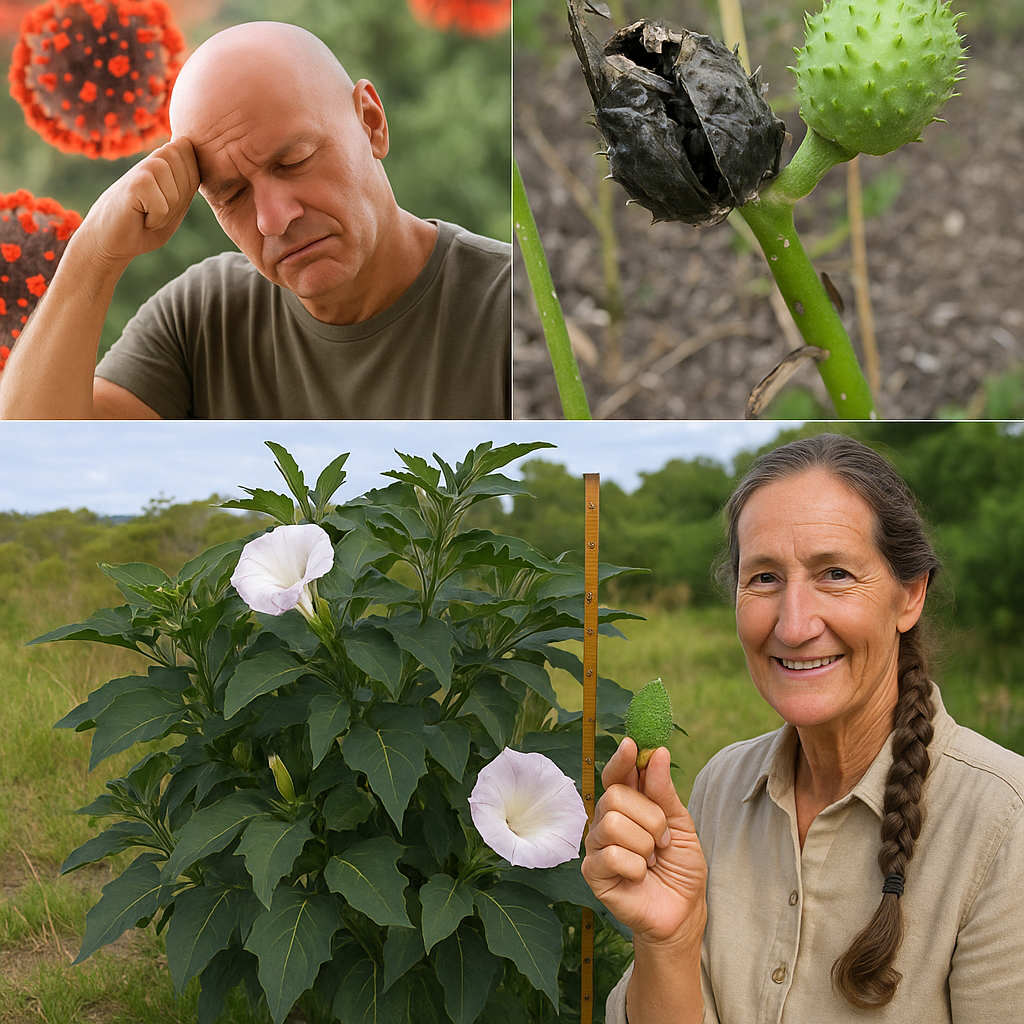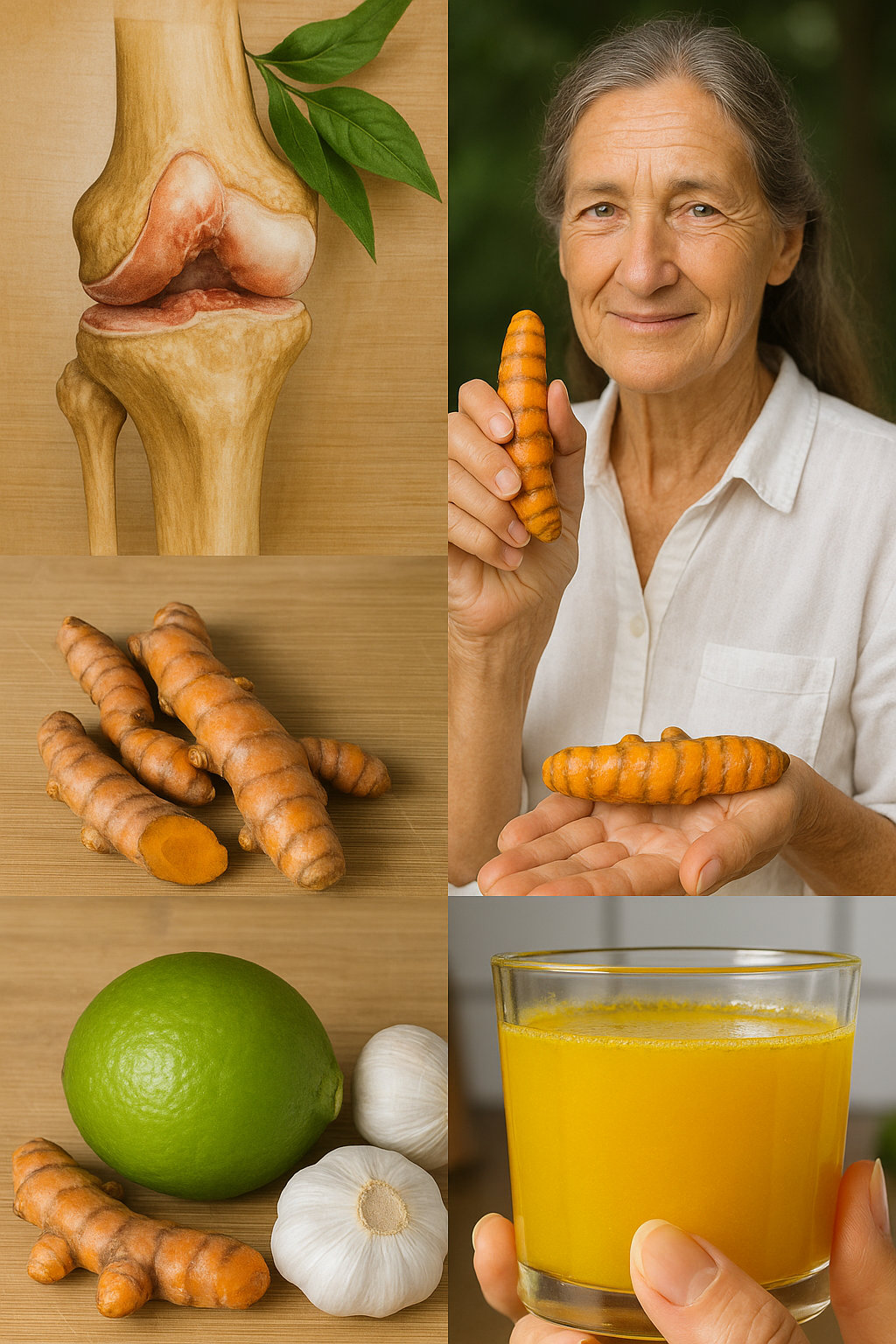✨ Picture a plant so striking that it stops you in your tracks with its trumpet-shaped flowers and lush, green foliage. Yet behind this beauty hides a deadly secret. The Datura genus, often called Devil’s Trumpet or Thorn Apple, is one of the most dangerously toxic groups of plants in nature. Despite their ornamental appeal, Datura plants pose a serious threat to humans and animals alike.
Today, we reveal the hidden dangers of these fascinating yet perilous plants—and why you should admire them only from a safe distance.

🌿 What Exactly Is the Datura Genus?
Belonging to the Solanaceae family, also known as the nightshade family, Datura includes several species native to the Americas but now found across the globe.
🌱 These plants thrive in disturbed soils, by roadsides, and in gardens where they are sometimes mistakenly cultivated for their exotic, dramatic flowers.
Identified by their large, trumpet-like blooms in white, yellow, or purple hues and their spiny seed pods, all Datura species share one trait: extreme toxicity.
🌸 Common Species of Datura You Should Recognize
Each Datura species carries unique traits, but all share a potent and dangerous chemical profile.
🌟 Datura stramonium (Jimsonweed or Thorn Apple)
Easily recognized by its spiky seed pods and white or purple trumpet-shaped flowers.
Known for its strong hallucinogenic properties, even a small amount of ingestion can lead to severe and sometimes fatal poisoning.
🌟 Datura metel (Horn of Plenty)
Adorned with large, showy blooms in shades of white, yellow, or purple.
Though sometimes used in traditional Ayurvedic medicine, it remains highly toxic and dangerous outside controlled medicinal settings.
🌟 Datura inoxia (Moonflower)
Famous for its fragrant white flowers that bloom at night.
Often confused with harmless Moonflower vines, making accidental poisoning a real risk. The seeds and flowers hold especially high concentrations of toxic compounds.
🌟 Datura ferox (Long-Spined Thorn Apple)
Distinguished by its exceptionally large and fierce spiny seed pods.
Among the most toxic members of the Datura genus due to its extreme concentration of harmful alkaloids.
🧪 The Toxic Chemistry Behind Datura’s Deadliness
All parts of Datura plants are loaded with powerful tropane alkaloids, including:
🧬 Atropine
🧬 Scopolamine
🧬 Hyoscyamine
These compounds interfere with the central nervous system, disrupting nerve impulses and triggering dangerous, unpredictable reactions. Even minimal exposure through skin contact, inhalation, or ingestion can result in poisoning.
🚨 Recognizing the Symptoms of Datura Poisoning
Because of its potent neurotoxic effects, symptoms of Datura poisoning can escalate quickly. Early recognition is critical.
🌪️ Hallucinations and Delirium
Victims may experience vivid, frightening hallucinations, often leading to disorientation and dangerous behavior.
👁️ Dilated Pupils and Blurred Vision
Light sensitivity and impaired vision are classic signs of atropine toxicity, causing difficulty in seeing and focusing.
💧 Dry Mouth and Difficulty Swallowing
The plant’s toxic effects drastically reduce saliva production, leading to severe thirst and trouble swallowing.
❤️ Rapid Heart Rate and Elevated Blood Pressure
Tropane alkaloids overstimulate the nervous system, placing strain on the heart and increasing the risk of cardiovascular complications.
🛑 Seizures, Coma, and Death
In severe cases, Datura poisoning can lead to respiratory failure, irreversible coma, or even death if not treated immediately.

⚠️ Why Datura Is Far Too Dangerous to Ignore
🌿 Extremely Toxic in Tiny Amounts
Just a few seeds or a small portion of a leaf can unleash catastrophic symptoms. There is no safe dose of Datura for humans or animals.
🎲 Unpredictable Potency
The concentration of alkaloids varies significantly between plants and even between parts of the same plant, making its effects unpredictable and highly dangerous.
🐾 Serious Risk to Pets and Livestock
Cats, dogs, horses, and livestock are particularly vulnerable. Ingesting Datura can lead to rapid deterioration and death, emphasizing the importance of identifying and removing these plants from environments where animals roam.
🛡️ Practical Safety Tips for Protecting Yourself and Loved Ones
🌟 Avoid Handling Datura Plants
Even touching the leaves or flowers can result in toxin absorption through the skin. Admire from a distance but never handle without protection.
🌟 Keep Children and Pets Away
The colorful flowers and spiky seed pods may appear attractive to curious kids and animals, but the risk of poisoning is extremely high.
🌟 Wear Gloves and Protective Clothing When Removing
If you must remove Datura from your garden, always wear gloves and wash your hands and tools thoroughly afterward.
🌟 Educate Family, Friends, and Neighbors
Sharing knowledge about Datura’s dangers can prevent tragic accidents. Inform others, especially in areas where Datura grows wild or is cultivated unknowingly.
🌟 Know When to Seek Emergency Help
If you suspect exposure to Datura, seek emergency medical assistance immediately. Time is critical, and early intervention can save lives.
🌸 Final Thought
Datura plants captivate with their exotic beauty, but beneath their alluring exterior lies a serious and often underestimated threat.
⚠️ These plants are not just mildly toxic—they are among the most dangerous ornamental plants found in gardens and wild spaces worldwide.
Protect yourself, your loved ones, and your pets by recognizing the signs of Datura, avoiding any contact, and spreading awareness about its true nature.
When it comes to Datura, admire from afar and prioritize safety over curiosity. The life you save could be your own. 🌿🚫


